The 7502 series is currently the top of the new Philips LCD offering in 2017. Unlike the 7601 series last year, this is not a full array backlight with local dimming, but an edge LED. It does have other improvements. So it is the first device Philips 55PUS7502 that uses Philips’ own image processing chip, the P5.
Philips 55PUS7502 – specifications
- What: Ultra HD LCD TV, Edge Led
- Screen size: 55 inches (139 cm), flat
- Connections: 4x HDMI (4xARC 2x v2.0a), 1x component video, 1x stereo cinch, 1x optical digital out, 2x USB (1x 3.0), 1x headphones, 2x antenna, Bluetooth
- Extras: HDR10, HLG, WiFi (802.11ac) built-in, Android TV (Marshmallow), USB / DLNA media player, Multiroom (Client / server), DVB-T2 / C / S2, CI + lock, P5 processor
- Dimensions: 1.237 x 799 x 225 mm (including foot)
- Weight: 24.2 kg (including foot)
- Consumption: 93 / 0.3 watt (Energy Label A)
- Models:
- 65PUS7502 (65-inch): 2,499 euros
- 55PUS7502 (55-inch): 1,799 euros
- 49PUS7502 (49-inch): 1,399 euros
Philips 55PUS7502 – design
Philips always emphasizes its European design style and its execution in beautiful and high-quality materials. The PUS7502 series may in any case be seen in this respect. On the front, the screen is rimmed by a brushed metal frame. At the bottom a nice loudspeaker bar suggests the better audio quality of the device.
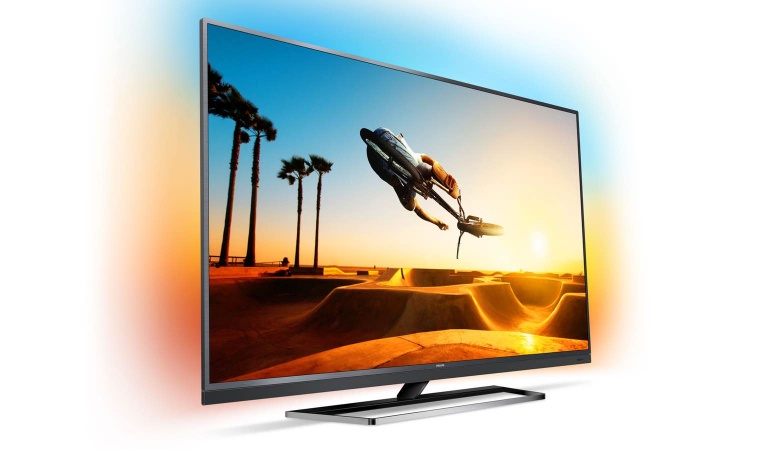
No decorations at the back. Unlike other brands, Philips opted for a simple black metal back. The fully open, central standard ensures a light-footed appearance.
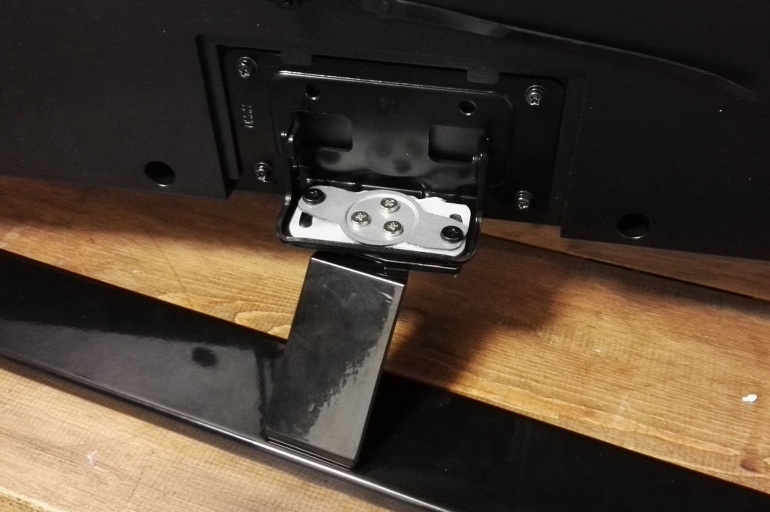
In our opinion, Philips gets bonus points because the 55PUS7502 is equipped with a swivel base. It makes the television a little more convenient in many living rooms. The big screen does wobble lightly on its foot if you treat it too enthusiastically. That is a typical problem with central feet and large devices, but a somewhat more robust foot would have liked.
Connections
At the back we find two HDMI connections, the antenna connections, an optical digital output, component video and stereo cinch input and the wired network connection. On the side two extra HDMI connections (these are equipped with HDCP 2.2 for Ultra HD sources), twice USB (1x v3.0) and the headphone connection.
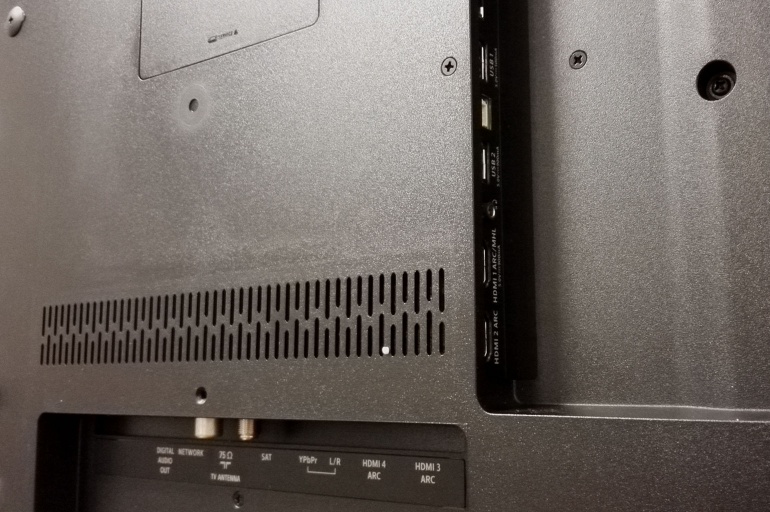
The rear connections point downwards so you can opt for a tight wall mount. The device also has a wireless network connection and Bluetooth (for wireless keyboards).
Philips 55PUS7502 – ease of use
The 2017 Philips models are equipped with Android TV, version 6 (Marshmallow). There are no major differences with Android TV, version 5 (Lollipop). During the installation you can use an Android smartphone or tablet, which allows you to run the installation just a little bit faster.
Remote control
The remote has been updated, although the layout is largely preserved. This version still feels a bit cheaper. The d-pad is large and handy, and no longer doubles as a touchpad, a decision we applaud. All other keys on the remote have a particularly low profile, which gives a less tactile experience.

The remote no longer uses Bluetooth, but again from infrared. We feared that the use of the keyboard on the back would be difficult. Infrared you have to focus, in contrast to Bluetooth. But the Philips radiates its IR commands for the keyboard along the long side, and quite powerful too. This way you can sit quietly in the seat and use the keyboard, without having to bend in all kinds of turns to simultaneously point the remote.
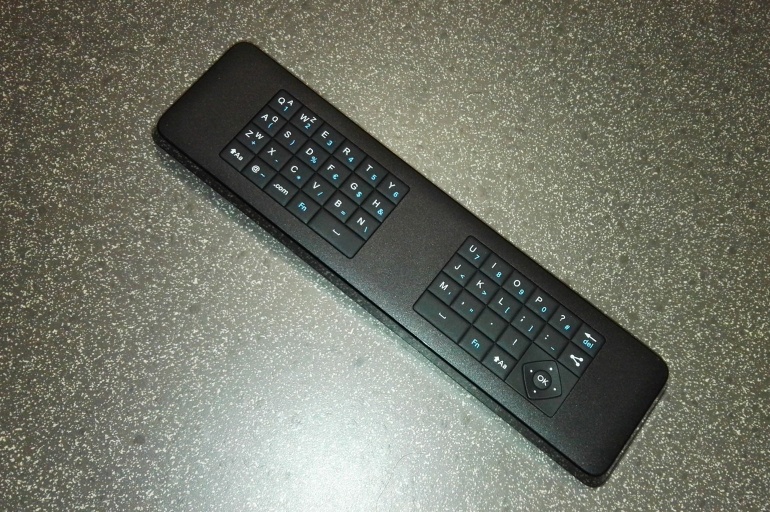
Philips 55PUS7502 – features
Smart TV platform
The Mediatek MT5891, with its quad-core ARM Cortex-A53 and Mali-T860 GPU, is accompanied by 2GB RAM and 16GB internal storage. That is the same chipset that we found on the Sony devices of this year, and more or less seems to be the standard for Android televisions. The chipset is sufficient for a smooth and pleasant experience, but top performance is not to be expected.
Smart functions
The Android TV interface fills the entire screen, with recommendations at the top. Then you get a row of apps and games and the entries. Those who implement Android TV will be given limited freedom to customize the interface.
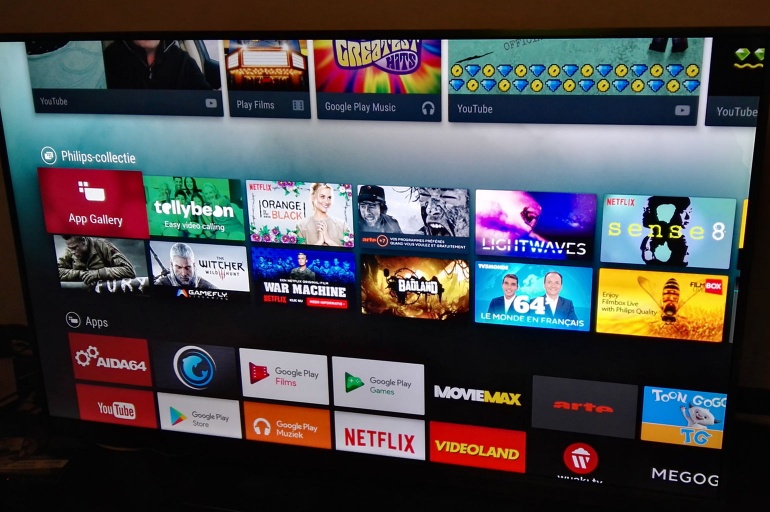
For example, Philips has not provided row icons for the various entrances. If you want to select an external input, use the button on the remote control. At the very bottom you will find all settings. Compared to LG WebOS and Samsung Smart Hub, the interface looks unnecessarily large.

Philips also has its own Home key, which is centrally located at the top of the d-pad. With that you call up a menu on the right side of the screen. Along this way you also have access to the external accesses, the media player, but especially the live TV functions such as recordings and TV guide for those who use the internal TV tuners.
The media player is very complete and played all our video test files, including HDR video. The music player only fails with ALAC, Apple’s lossless format. All other popular formats, including tags, are played correctly.
Ambilight
Trilateral Ambilight spreads its glow on the wall behind the television. It remains a feature that is unique to Philips TVs and really appeals to the imagination. You can let the Ambilight LEDs follow the image, quickly or relaxed. You can use them as mood lighting or let them participate in the music.
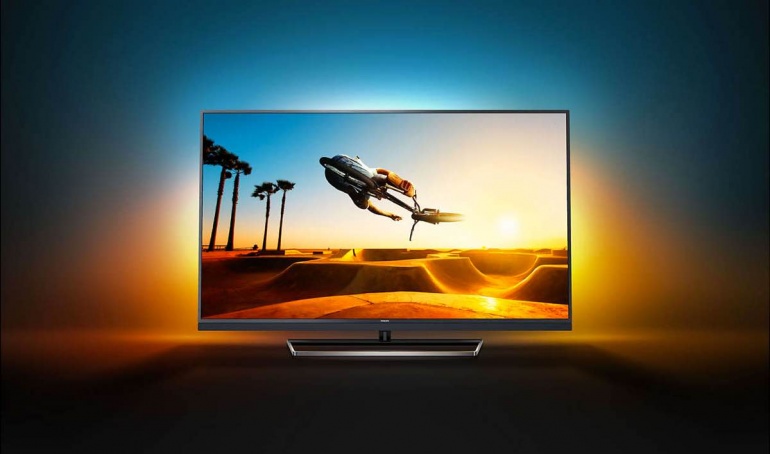
Philips 55PUS7502 – Image quality
This unit features an edge LED backlight without local dimminng, IPS panel, and it delivers 400 nits peak luminance and a wider color range. It is mainly looking forward to the performance of the new P5 image processing chip.
Main settings
| Statue | Image Advanced | Image Advanced |
| Picture mode: Movies Color: 50 Contrast: 70 Sharpness: 1-2 * Brightness: 50 |
Computer: Off Color / Color enhancement: Off Color / Color temperature: Warm Contrast / Constrast mode: Optimized for images Contrast / HDR Upscaling: Off / On * Contrast / HDR Premium: Out-Maximum * Contrast / Video contrast: 100 Contrast / light sensor: Off Contrast / Gamma: 0 |
Sharpness / Ultra Resolution: Off / On * Sharp Image / Noise reduction: off Sharp Image / MPEG Artifact reduction: On Motion / Motion Style: Movies / Standard |
Explanation settings;
- The Movies setting delivers the best start. The ISF preset is an alternative for those who want day and night versions.
- If you want to see the effect of Ultra Resolution, you have to set the sharpness to at least 1, but 2 we also found very good.
- HDR Upscaling: gives a very light HDR effect. Because the IPS panel is missing some punch, we enabled it.
- HDR Premium: this affects the tone mapping of HDR images. At Maximum the image gets a little more impact, but there is a limited risk that you clip away some highlights. Yet we prefer the maximum settings.
- Ultra Resolution: gives a slight boost to detail without false contours. Activate it, but do not forget to set the sharpness to at least 1.
- Noise Reduction and MPEG artifact reduction can best be activated if you start from a bad source (old DVDs or low quality YouTube).
- Motion style: you it for purists, but the ‘movies’ mode gave a lot of extra detail, from ‘standard’ you can also see smooth pan images.
General image properties and image processing
Philips has mounted its first own image processing chip in the PUS7502 series. The P5 Engine delivers improvements in terms of contrast, detail, color, motion sharpness and source analysis. On that last level there is clearly some room for a tweak, the television does not always detect the right film or video framerate at interlaced content. You should therefore set your sources at 720p or 1080p instead of 1080i to avoid slight moiré patterns. The P5 does work away from random random noise. MPEG compression noise (block formation) is somewhat more difficult, and only partially disappears. A strongly renewed part, the sharpness improvement, yields very nice results. Although you may not exaggerate as usual. Keep the sharpness setting at 2 and enjoy the extra detail provided by the Ultra Resolution setting.
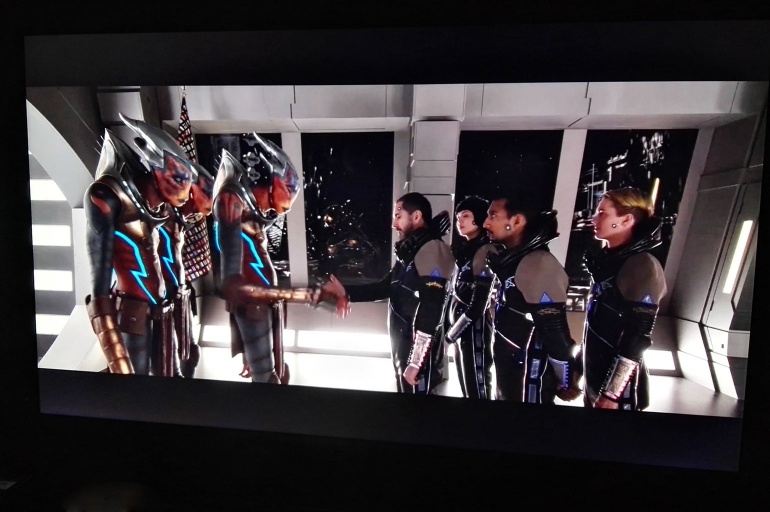
The 55PUS7502 has a very good motion sharpness. You hardly lose detail, a great achievement. Those who want to show pan images fluently, choose ‘standard’ or ‘fluent’ in ‘Motion Style’, even if the latter delivers a little too many artefacts. Films is a good choice for the purists, which delivers all the detail, without or with minimal motion interpolation.
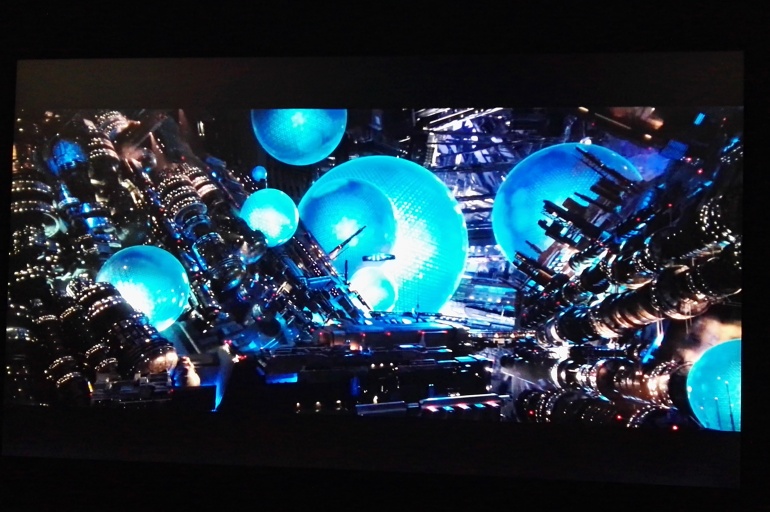
Philips is using predominantly IPS panels in its LCD TVs this year. That means that the contrast is a lot lower, but you enjoy a better viewing angle. In the ‘Movies’ mode we get another contrast of 1.340: 1, which is only slightly better than the contrast value of 1.000: 1 that we typically expect from IPS panels. You can further improve the result by using the Constrast mode: Optimized for images and possibly even set Perfect Contrast to minimum. Nevertheless, the moderate black value remains a limitation for dark scenes. The screen hides some black detail and we prefer to avoid the Brightness, because then you lose even more contrast. The backlight shines slightly in the lower corners. You do not look at full eclipse, then any bands above and below a film are visible.
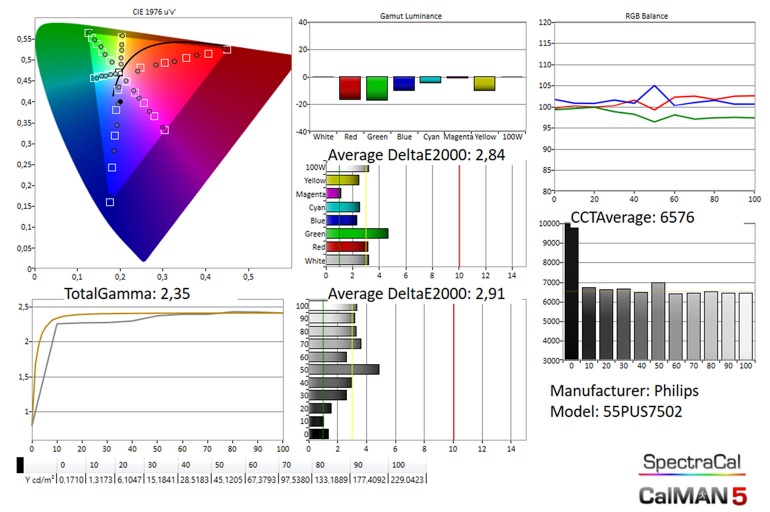
The Movies mode is the basis for the best picture. The calibration is decent, but not perfect. For example, there is a small blue peak around 50% in the gray scale, and that is sometimes visible in small nuances. The colors are generally a bit too dark, or under saturation, although in general this is all on the border of the perceptible errors. You can raise the Color setting a few clicks, for example to 53 to make the image slightly more intense.
HDR
Philips supports HDR10 and HLG on this unit. The color range is solid, it covers 86% of DCI-P3 and 63% of Rec.2020. Those are not top values, but ok for a middle class. We had hoped for something more colorful. The peak luminance is also on the modest side. With 407 nits (both in a 10% Window and on a full screen), in the Movies mode, you are practically at the limit of what we still consider as real HDR reproduction.
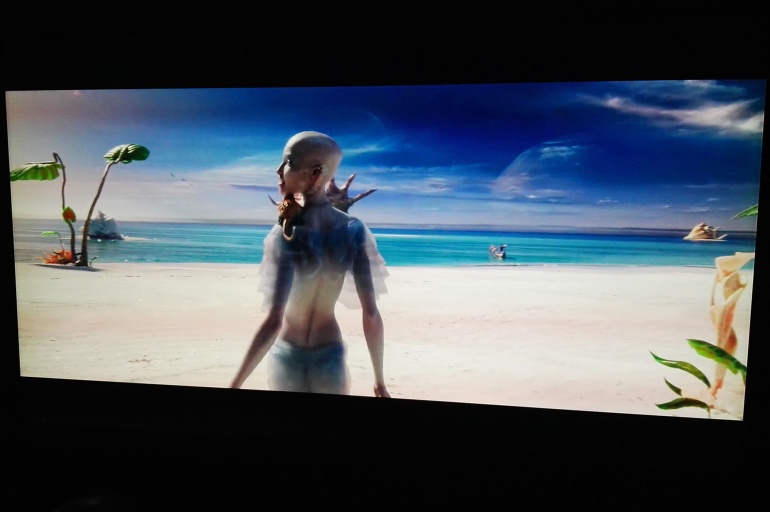
The calibration is decent, but the tone-mapping lets the brightness roll slowly from about 50 IRE to the maximum that is reached at 90%. It makes HDR images slightly darker, but keeps all the detail. In the settings you can adjust HDR Premium to increase that curve a bit more. In the Maximum position, the curve only rolls off from 60% and reaches a maximum of 70%. That makes HDR images slightly more bright, but it costs you a minimum of highlight detail.
The HDR upscaling function gives all your existing content a soft layer of HDR effect. Especially the bright shades get a slight boost. Because the screen still comes into its own with what ambient light we usually left on.
Reflections and viewing angles
The screen does not reflect reflections. The viewing angle is quite wide, as we expect from an IPS screen. But although the contrast does not drop heavily from a corner, you can see a slight haze coming over the screen. This effect is especially visible on dark images. With clear content it is less noticeable.
Gaming
In film mode, we measure an input lag of 53.2 ms, which is pretty decent, and is still fine for a casual gamer. In the game mode, the lag drops to 32.3 ms which is an excellent result. We also see these two results in HDR mode. The screen is a decent choice for gamers.
Philips 55PUS7502 – Audio quality
The slim soundbar at the bottom of the screen and the Triple Ring subwoofer at the back make us hope for good sound. But the performance of this Philips is slightly below our expectations. The music preset pushes the sound into distortion without difficulty. Especially the basses are very sensitive, something we easily notice in Krupa from Apollo 440. But also the highs sometimes go wrong. The Struggle Within by Metallica opens with a combo of drum and guitar, and clearly shows those limitations. Stay with the ‘original’ preset, and forget about surround mode, which aggravates the problem. The audio performance does not, in general, pass a very average result.
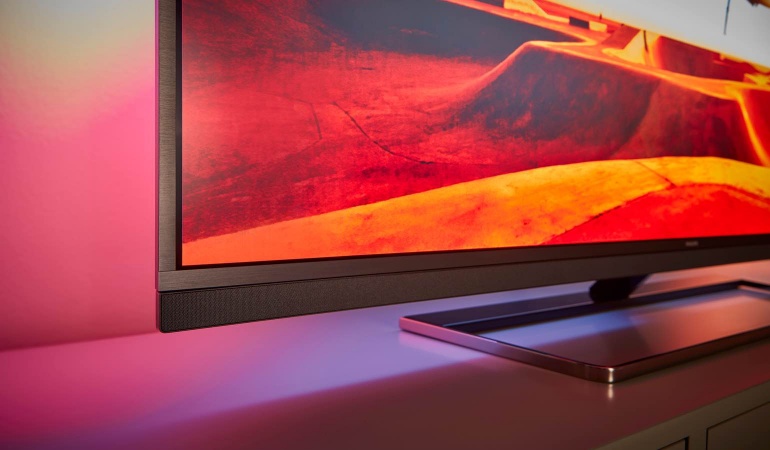
Review equipment
For the lag measurement we use a Leo Bodnar Display lag meter. For all other measurements we rely on a Spectracal C6 colorimeter, Xrite i1 Pro spectrophotometer, an AVFoundry HDMI Pattern Generator , an HDFury Integral for HDR patterns and the Spectracal Calman for Business software.
Philips 55PUS7502 – Conclusion
The 55PUS7502 is certainly not the first choice for home cinema enthusiasts. His moderate contrast and sound quality are therefore somewhat limited. But who is looking for a television that has to do its work in a typical living room for all kinds of visual material, which is good. The IPS panel provides a wider viewing angle and the image results are good on some details. Since you look at ambient light, the weaker contrast is not a serious disadvantage. The suggested retail price seems a bit too high, although we see that online prices are much more in line with what we find good pricing.


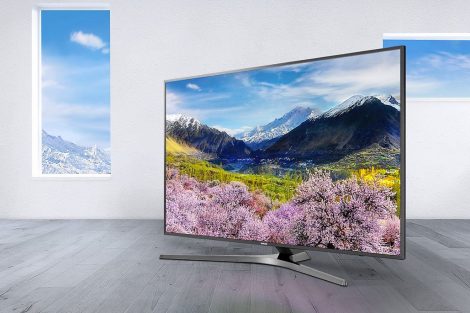
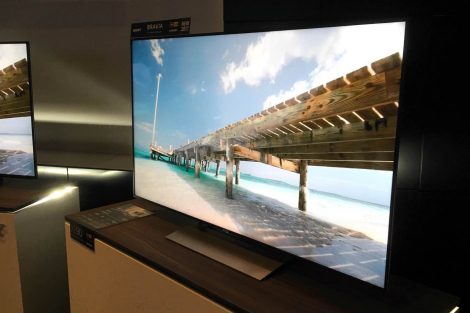
Add Comment